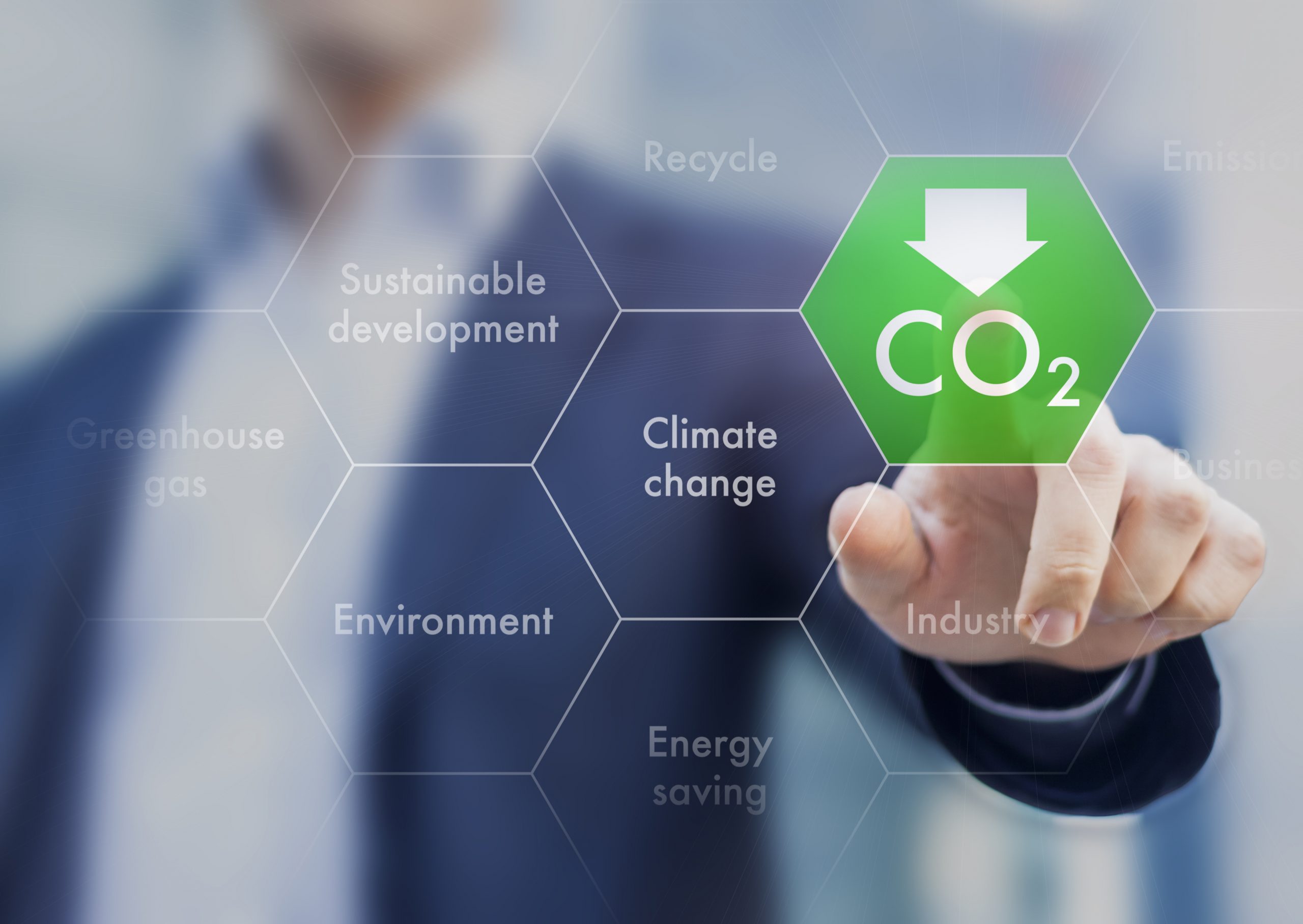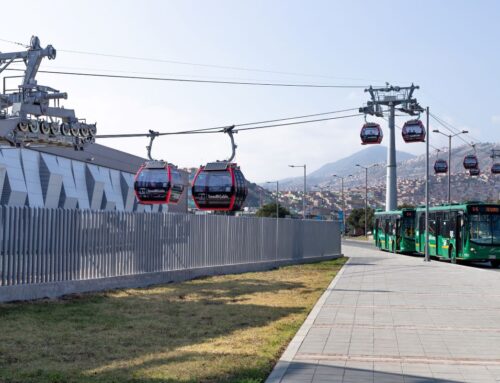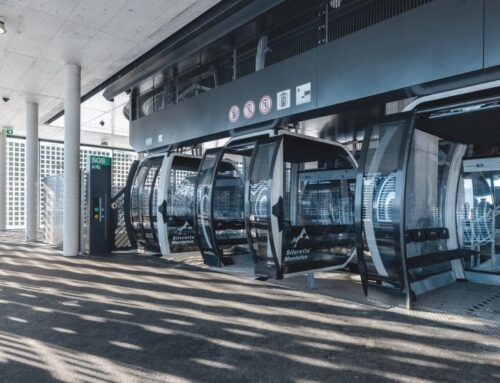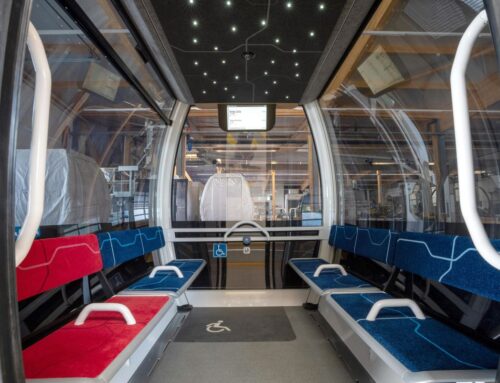
Cities, SI Urban 1/2021, SI-Urban
Not all emissions are the same
It is easy to make comparisons in respect of noise or transport capacity but things become more difficult when it comes to the issue of emissions. Whereas other factors can simply be measured, complex calculations must be made here. Various processes can be used to collect the data and the most accurate results are obtained from calculations of energy consumption. This method is useful especially in the case of fuel-driven systems.
Both the specific energy demand and the quality of the fuel used are examined for the calculation. “On average, it can be assumed that one litre of diesel produces roughly 2.64 kilograms of CO2,” Günther Lichtblau from the Austrian federal environment agency explains. “You have to be careful when it comes to emissions, as two types of emissions are distinguished, each of which has different effects on people,” he reports further.
These two types are: air pollutants and greenhouse gases. “Greenhouse gases have no direct impact on human health. Indirectly, from the consequences of global warming, the picture is different, of course. The immediate danger to human health comes from air pollutants, for example such as particulates or nitrogen oxides.”
These microparticles attack the lungs and can therefore have a fatal impact on health. In the mobility industry, research is ongoing into solutions that could help to reduce both of these types of emissions. The current thinking here is in the direction of e-mobility. However, as in the case of emissions, caution is also required here, as not all electricity is the same and not all solutions will produce the desired improvement in quality of life.

Günther Lichtblau
Austrian federal environment agency
Cable cars have proven that they are a very efficient system. In particular if you translate the transport capacity into energy required, the cable car performs well.
Caution: electricity!
The low emission values of e-engines are frequently cited in the media. Here, the expert warns against comparing combustion and e-engines solely on the basis of direct emissions. Because the nature of the systems is very different, they are comparable only on the basis of a lifecycle scenario, in which every aspect of the systems is examined, from resource depletion to power quality. What emerges here is that not every e-engine system is as good as its reputation. Nonetheless, the new developments keep coming, especially in this field. Prototypes of drones and air taxi systems are presented time and again at numerous trade fairs.
Even the familiar cable car is trying to make a place for itself in the public transport network. Particularly for the new systems, there are still few figures available, and comparison is especially difficult, owing to the data volume required. This is where the cable car benefits over other start-up ideas, as this system has at least been tried and tested internationally over decades as a means of mass transport in mountainous regions.
“Cable cars have proven that they are a very efficient system. In particular if you translate the transport capacity into energy required, the cable car performs well; values for this are already available from calculations for Alpine installations. Although I find the system of air taxis very exciting, I do not think it will really catch on as an urban mode of transport.
If you discount Zeppelins, it takes a lot of energy to keep objects in the air. For this reason alone, these systems are unlikely to become miracles of energy efficiency.” Additionally, you have to bear in mind that, in urban areas, it is not only about greenhouse gases and emissions but also about noise. Noisy aircraft rotors are therefore likely to meet with resistance from residents.







